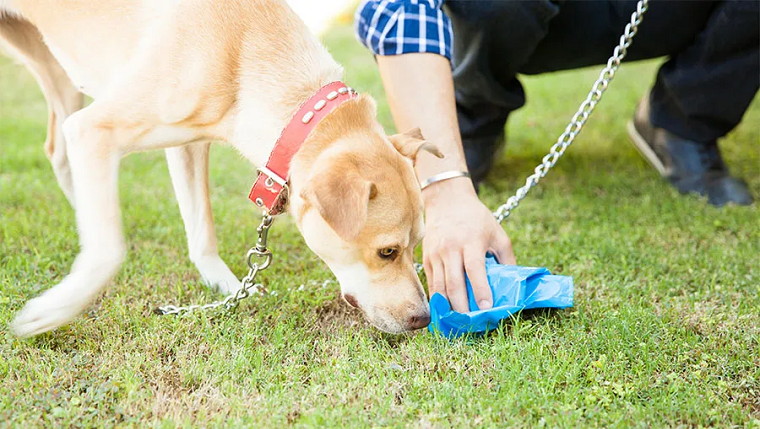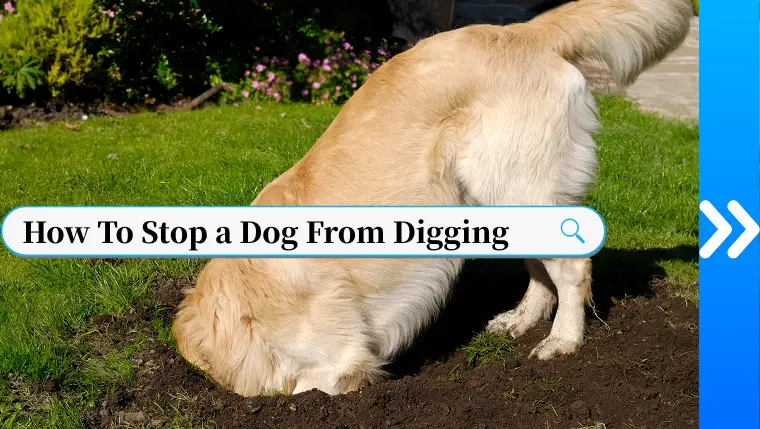When dog owners witness their beloved pets eagerly consuming their own excrement, they often feel shocked and perplexed. While this behavior is difficult for humans to comprehend, it has complex biological underpinnings in the canine world. This article explores the scientific principles behind this phenomenon in depth.
I. Epidemiological Studies on Coprophagia
A research team from the University of California, Davis, conducted a two-year study on 1,471 domesticated dogs, yielding the following results:
1.Overall Prevalence:
• 24.7% of dogs exhibited coprophagia at least once.
• Among them, 62% were classified as "occasional coprophages" (1-5 instances).
• 38% were "habitual coprophages" (6 or more instances).
2.Breed-Specific Analysis:
• Herding breeds (Border Collies, Australian Shepherds) had the highest coprophagia rate at 43.2%.
• Working breeds (Labrador Retrievers, Golden Retrievers) followed at 31.5%.
• Toy breeds (Poodles, Chihuahuas) had the lowest rate at only 7.3%.
3.Age-Related Differences:
• Puppies (under 6 months old) had a coprophagia rate of 58.9%.
• Adult dogs (1-7 years) dropped to 19.4%.
• Senior dogs (8 years and older) saw an increase to 27.6%.
II. Evolutionary Perspectives on Coprophagia
1.Survival Strategies in the Wild:
In natural environments, canids exhibit coprophagia for multiple evolutionary benefits:
①Eliminating Traces:
• Reduces the risk of attracting predators.
• Minimizes competition among pack members.
• Studies show that lower-ranking wolves engage in coprophagia more frequently.
②Nutrient Recycling:
• Feces can contain 10-30% undigested protein.
• Allows secondary absorption of B vitamins and vitamin K.
• Helps sustain survival during food scarcity.
2.Maternal Influence:
• Mother dogs lick and consume their puppies’ waste to keep the den clean.
• This behavior continues until puppies are about four weeks old.
• Around 15% of puppies mimic this maternal instinct.
III. Triggers of Coprophagia in Domesticated Dogs
1.Physiological Factors:
①Digestive Issues:
• Exocrine pancreatic insufficiency (EPI).
• Imbalance in gut microbiota.
• Studies show dogs with digestive disorders are 3.2 times more likely to exhibit coprophagia.
②Nutritional Deficiencies:
• Inadequate protein intake.
• Deficiencies in trace elements like zinc and copper.
• Lack of B vitamins.
2.Pathological Causes:
①Endocrine Disorders:
• Hypothyroidism.
• Cushing’s syndrome.
②Neurological Conditions:
• Canine cognitive dysfunction syndrome (dog dementia).
• Obsessive-compulsive disorder (OCD).
3.Behavioral and Psychological Triggers:
①Stress Responses:
• Separation anxiety.
• Environmental stressors.
• Studies show shelter dogs exhibit coprophagia 4.7 times more frequently than household dogs.
②Seeking Attention:
• Owners' strong reactions may reinforce the behavior.
• Dogs may develop a conditioned response.
IV. Potential Health Risks
1. Parasitic Infections:
• Roundworm eggs can survive in feces for years.
• Hookworm larvae can penetrate the skin.
• Studies show coprophagic dogs are 2.8 times more likely to harbor parasites.
2.Bacterial Infections:
• Salmonella.
• Escherichia coli.
• Campylobacter jejuni.
3.Toxin Exposure:
• Feces can contain pesticide residues and heavy metals.
• There have been cases of THC intoxication via fecal consumption.
V. Scientific Intervention Strategies
1.Medical Examination:
①Basic Tests:
• Stool parasite screening.
• Blood biochemistry analysis.
• Thyroid function tests.
②Specialized Tests:
• Pancreatic function assessment.
• Gut microbiota analysis.
• Abdominal ultrasound.
2.Nutritional Adjustments:
①Dietary Recommendations:
• Increase protein intake (recommended 28-32%).
• Add probiotics.
• Supplement digestive enzymes.
②Specialized Formulas:
• High-digestibility prescription diets.
• Bromelain (pineapple enzyme) to alter stool taste.
3.Behavioral Correction:
①Environmental Management:
• Promptly clean up feces (within 5 minutes).
• Use anti-coprophagia collars.
• Maintain a clean living area.
②Positive Reinforcement Training:
• "Leave it" command training.
• Encouraging alternative behaviors.
• Studies indicate that six weeks of positive reinforcement training reduces coprophagia by 78%.
4.Pharmaceutical Intervention:
①Appetite Modifiers:
• Medroxyprogesterone acetate (under veterinary supervision).
②Behavioral Medications:
• Fluoxetine.
• Clomipramine.
VI. Special Case Handling
1.Multi-Dog Households:
• Isolate coprophagic dogs.
• Synchronize feeding times.
• Increase supervision.
2.Senior Dogs:
• Enhance cognitive training.
• Improve environmental enrichment.
• Schedule regular veterinary checkups.
3.Shelter Dogs:
• Provide environmental enrichment.
• Increase social interactions.
• Establish consistent routines.
Canine coprophagia is influenced by multiple factors, and understanding the scientific principles behind it enables us to implement effective intervention strategies. When encountering this behavior, owners should first conduct a comprehensive health examination to rule out underlying medical conditions. Through dietary management, behavioral training, and environmental modifications, most cases of coprophagia can be successfully mitigated. Patience and understanding are key to helping your dog overcome this habit.





